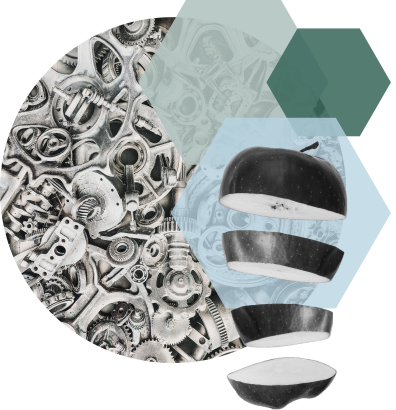
Metabolism Cycles
Biological And Technical
Material Flows
Can a material safely re-enter the natural world?
The first thing that most people notice about the diagram is the separation into two distinct halves, or cycles, which represent two fundamentally distinct flows of material: biological and technical.
Biological materials – represented in green cycles on the left side of the diagram – are those materials that can safely re-enter the natural world, once they have gone through one or more use cycles, where they will biodegrade over time, returning the embedded nutrients to the environment.
Technical materials – represented in blue on the right hand side – cannot re-enter the environment. These materials, such as metals, plastics, and synthetic chemicals, must continuously cycle through the system so that their value can be captured and recaptured.


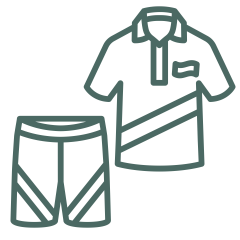


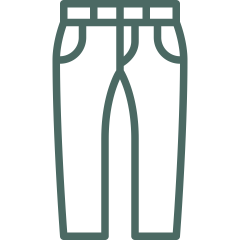
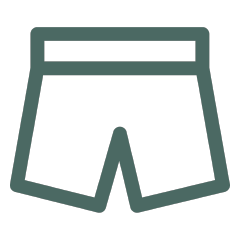
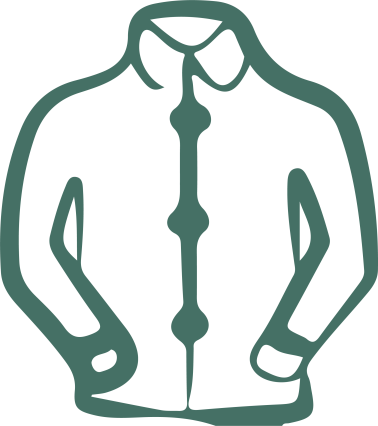

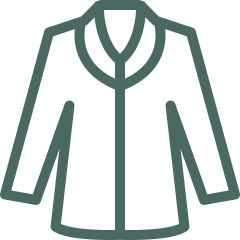


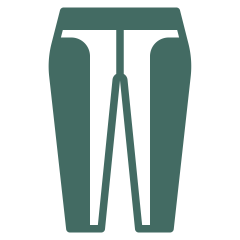
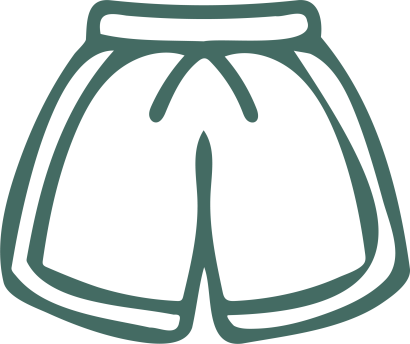


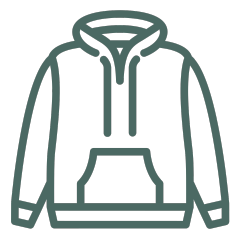


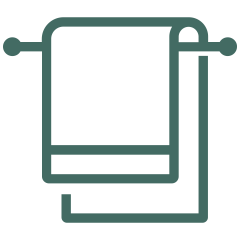
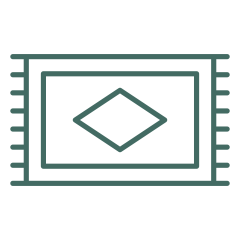
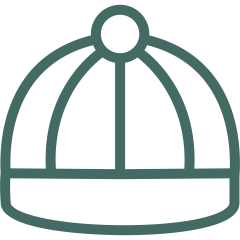


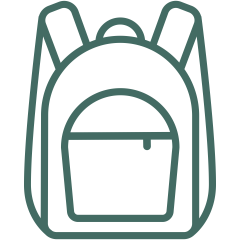

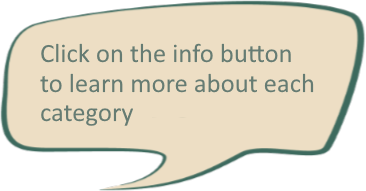
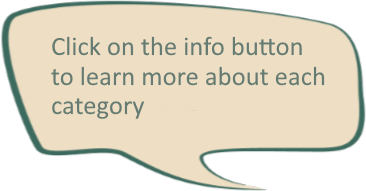
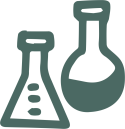
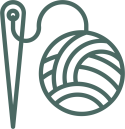
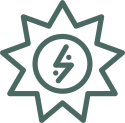
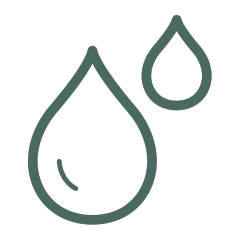




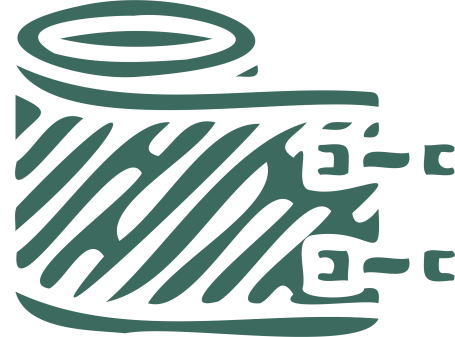
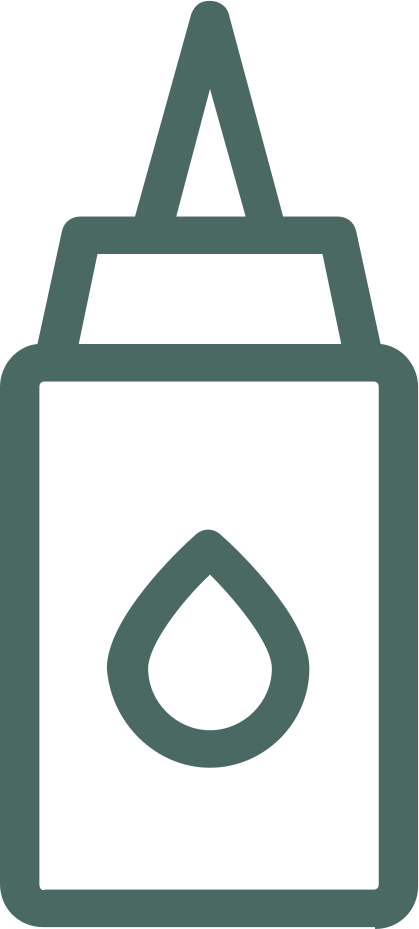


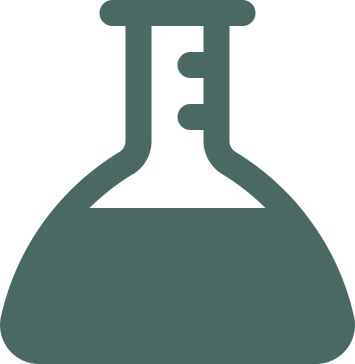


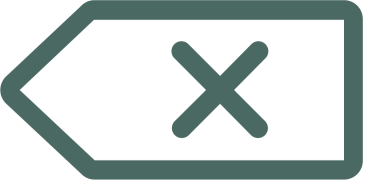
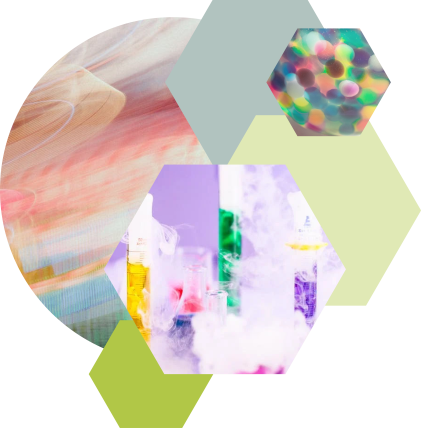


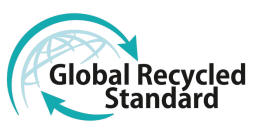
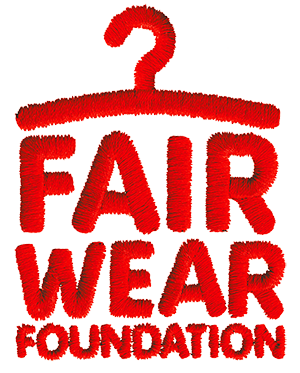
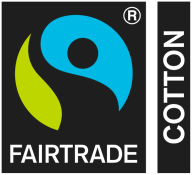
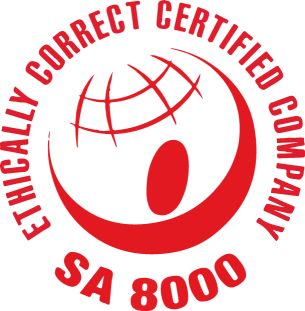

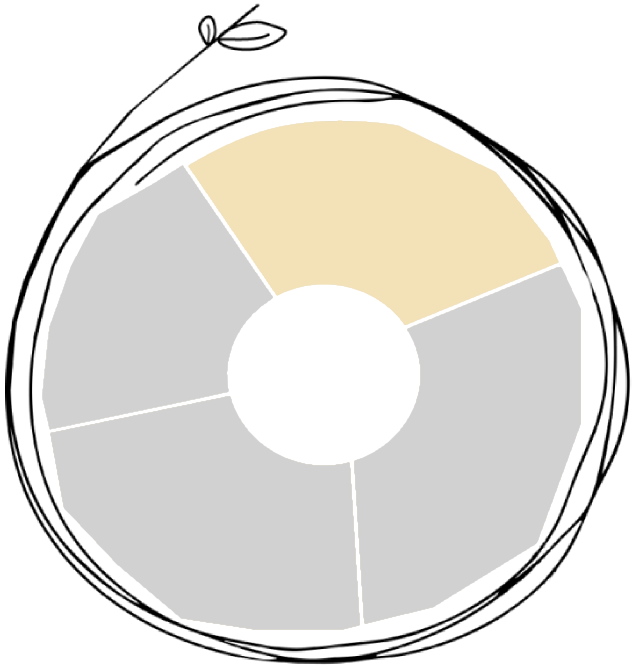
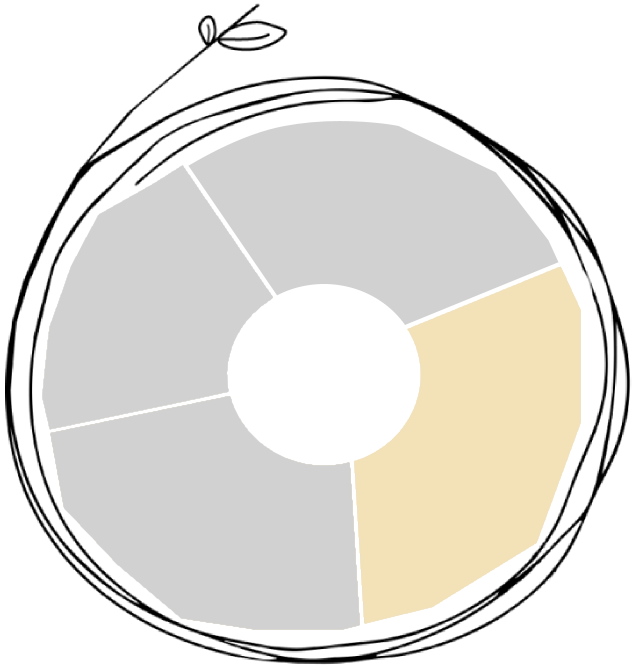
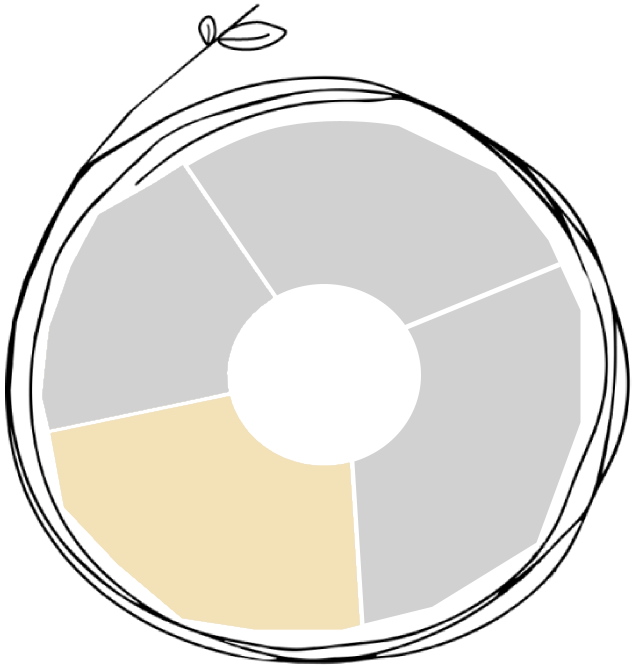
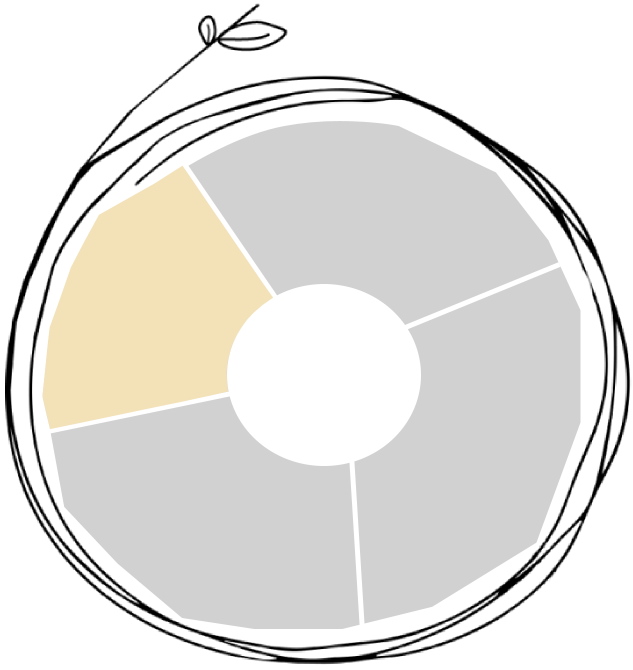

Social Fairness
About this category
Social fairness refers to promoting social justice and good working conditions for employees. Manufacturers are committed to upholding human rights and applying responsible business practices to all stakeholders. During production, the use phase, and the disposal of products, businesses should consider the wellbeing of their employees. Social principles should be implemented, such as fair living wages and improved living conditions for employees.
As well, human rights risks must be monitored and opportunities for improvement identified throughout all stages of manufacturing. Performance in upholding human rights must also be monitored and there must be high levels of assurance that risks to human rights are addressed.
Businesses must foster a culture of social justice and the use of responsible business practices that respect human rights and improve business practices for all stakeholders. It should be possible for employees, customers, suppliers, and other stakeholders to safely report concerns related to social justice and fairness.